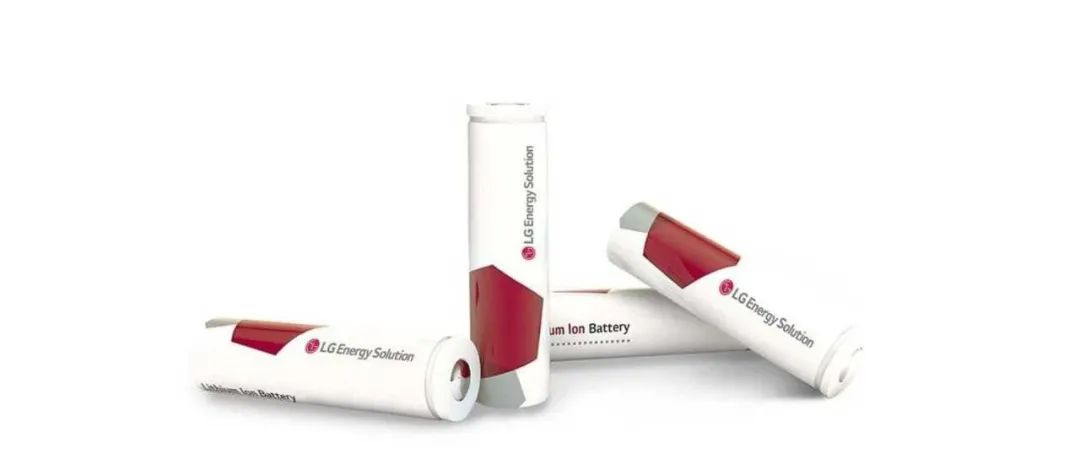Jia Haonan from Copilot Temple
Reference for Smart Cars | Official Account AI4Auto
After the trillionaire Ningde era, the second “giant” emerges in the field of power batteries. It is LG Energy from Korea, which has just gone public. Who is LG Energy? It is the world’s second-largest power battery supplier, with 30% of Tesla electric cars using its batteries.
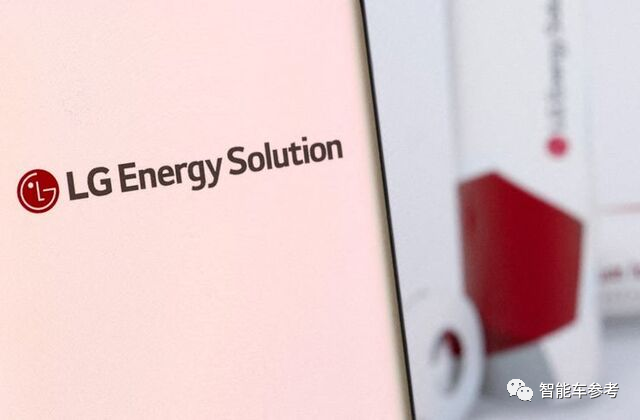
How “big” is LG Energy? On the first day of listing, its market value was 118 trillion won, which is equivalent to 624 billion RMB, the same as the GDP of Hainan Province in 2021 (647.52 billion RMB). Will LG Energy overtake the first in the field of power batteries, Ningde era?
What are the highlights of the Korean version of Ningde era’s listing?
In addition to its market value equaling to Hainan Province, it is necessary to have a multi-dimensional and intuitive understanding of LG Energy’s listing.
First of all, this is the largest IPO in the history of the Korean capital market.
Secondly, on the first day of listing, LG Energy’s market value skyrocketed to second place in Korea, second only to Samsung Electronics.
As a result, the mother company LG Group doubled its market value and became the second-largest conglomerate in Korea.
The IPO of LG Energy has broken records just like Ningde era’s A-share listing in 2018.
A tiny power battery has such a significant energy, which can be indicative of the new energy reform trend in the automotive industry. This is happening while the global penetration of electric vehicles is still less than 10%.
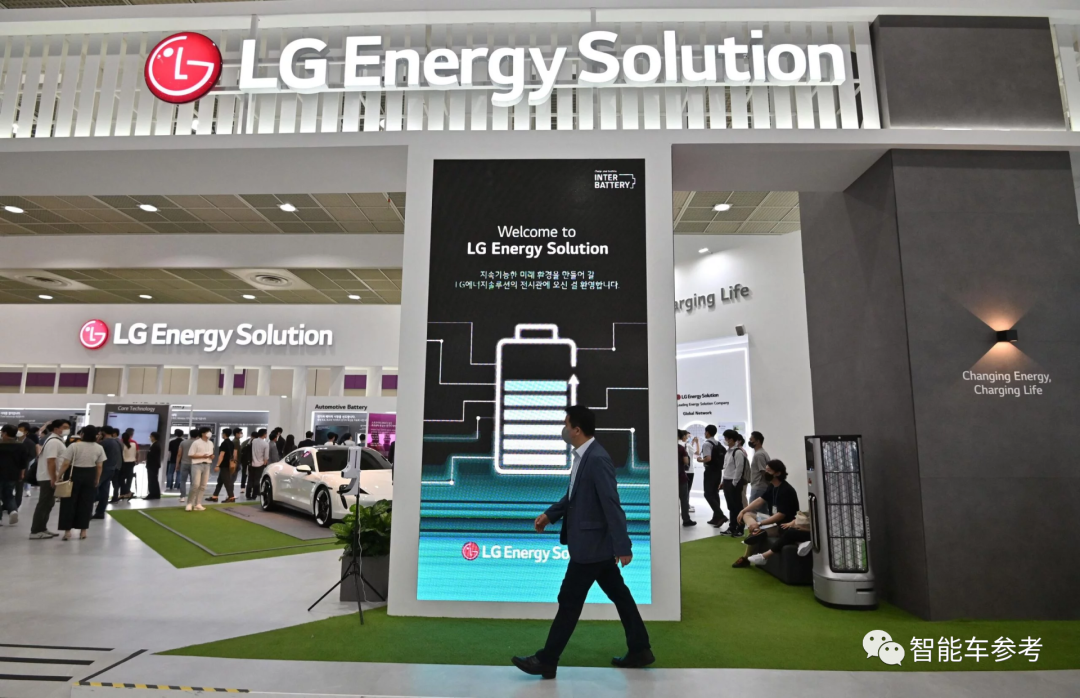
What other important information does LG Energy’s listing have?
According to its IPO prospectus, LG Energy plans to issue 34 million new shares with a total fundraising amount of 10.9225 trillion won (57.3 billion RMB) to 12.75 trillion won (67 billion RMB).
The main purpose of fundraising is to expand production capacity and to conduct research and development of next-generation solid-state and lithium-sulfur batteries.
At the time of listing, LG New Energy’s CEO, Keung Yoo, stated, “We are expected to surpass Ningde era in the global market share and become the world’s number one.”
However, at the moment, LG Energy is still comprehensively suppressed by Ningde era in the global power battery market, according to the data released by SNE Research, a Korean market research institute. From January to November 2021, LG Energy ranked second in the world with a market share of 20.05%, lagging far behind Ningde era (31.8%).
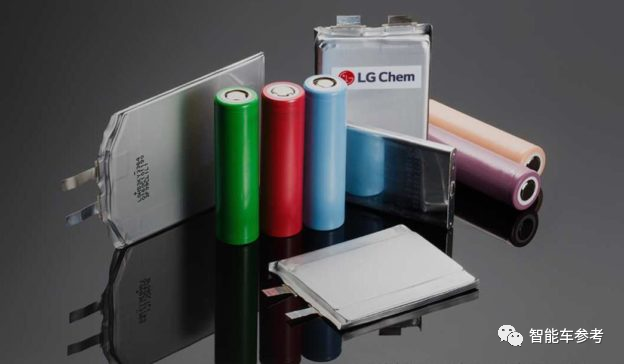 There has been a 2.1% decrease in market share compared to 2021 for LG Energy.
There has been a 2.1% decrease in market share compared to 2021 for LG Energy.
However, LG Energy has unique advantages in some areas when facing CATL.
What is the position of LG batteries in the market?
To figure out where LG Energy stands in the battery race and how it competes with CATL, there are three aspects to consider.
First is product.
According to the newest data from the China Automotive Power Battery Industry Innovation Alliance, CATL had an annual capacity of 65.45 GWh in 2021, and a further 92.5 GWh is under construction. The installed capacity in 2021 was 80.51 GWh.
Compared to this, LG Energy announced before that its production capacity could reach 155 GWh by the end of 2021. However, the actual production and installation capacity is less than that of CATL.
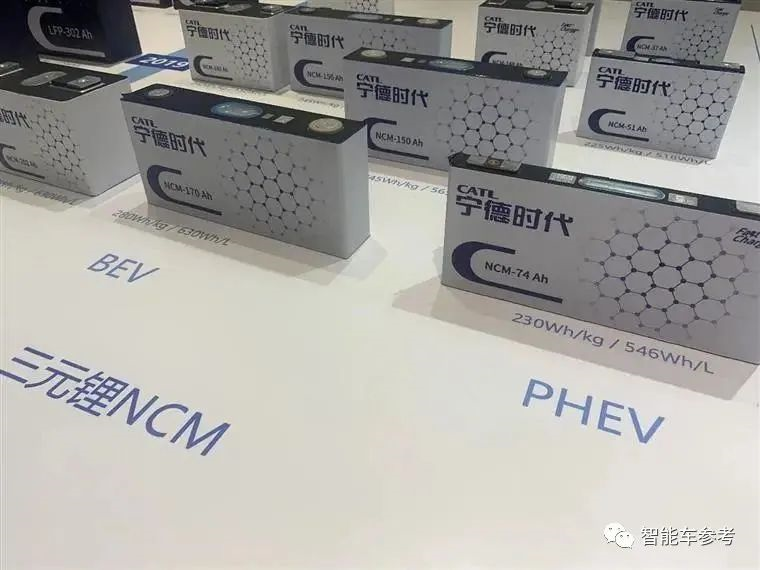
In addition, phosphate iron lithium batteries with lower costs account for a larger market share in CATL’s battery products.
Meanwhile, LG’s products are all higher-priced ternary lithium batteries, with a higher proportion of ternary 811 high-end batteries.
If only the sales volume of ternary lithium power batteries is considered, LG New Energy has surpassed CATL.
This has directly led to a fundamental difference between the two companies.
Although phosphate iron lithium batteries of CATL are not as popular as BYD’s, Zeng Yuqun, the chairman of CATL, has made it clear that they will increase production capacity and reduce the production capacity of ternary lithium batteries.
This trend just fits well with the strong momentum of domestic phosphate iron lithium batteries.
Therefore, the business layout of CATL is clear, with most of its business serving domestic host factories, with a domestic market share of over 50%.

In the Chinese market, LG only has a market share of about 4%, mainly relying on orders from Tesla China.
On the other hand, LG Energy’s main product, higher-priced ternary lithium batteries, has an obvious global business advantage. Major car companies in the United States, Europe, and Japan, such as Tesla, GM, Daimler, PSA, Volkswagen, Honda, Toyota, and Ford, have signed orders with LG.
Market data shows that in 2020, the global vehicular lithium-ion battery energy density excluding China was 81.2 GWh, and LG New Energy’s installation capacity was 26.8 GWh, with a market share of 33.1%.
CATL’s overseas installation volume is 5.3 GWh, with a market share of 6.5%, ranked fifth.
The difference in business models brings about different profit-making abilities.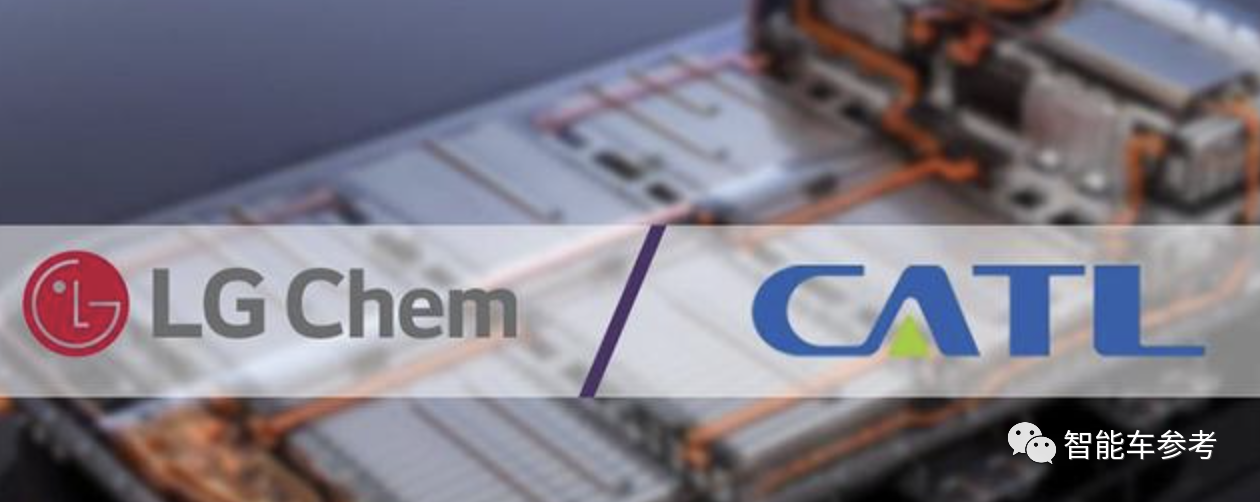
LG Chemical’s financial report shows that in Q2 2021, LG Energy Solution’s revenue from energy solutions increased by 82% to 28.27 trillion won, and profit increased by 5 times to a whopping 4.52 trillion won. In the first half of the year, LG’s revenue was approximately 51.83 trillion won, and its net profit was approximately 6.42 trillion won.
2021 is also the first year for LG Energy Solution to turn losses into gains.
Ningde Times, which has a higher market share, only reported revenue of 44.075 trillion yuan and net profit of 4.484 trillion yuan in the first half of the year.
An employee of Ningde Times once explained:
LG Energy’s business includes energy storage batteries, power batteries, and consumer batteries, while Ningde Times does not involve consumer battery business, only energy storage and power battery business, so LG Energy’s profitability is not impressive.
According to this view, LG won in the method of business division.
However, it cannot be ignored that in 2021, LG Energy’s net profit not only increased significantly, but also its gross profit margin increased significantly. In the first three quarters of 2021, it was 24.25%, with only a 3.26% gap from Ningde Times.
Ningde’s gross profit margin has shown a small downward trend year by year.
Overall, Ningde Times has a significant lead in global market share, but it relies mainly on the huge new energy vehicle market in China, and its overseas business is still expanding.
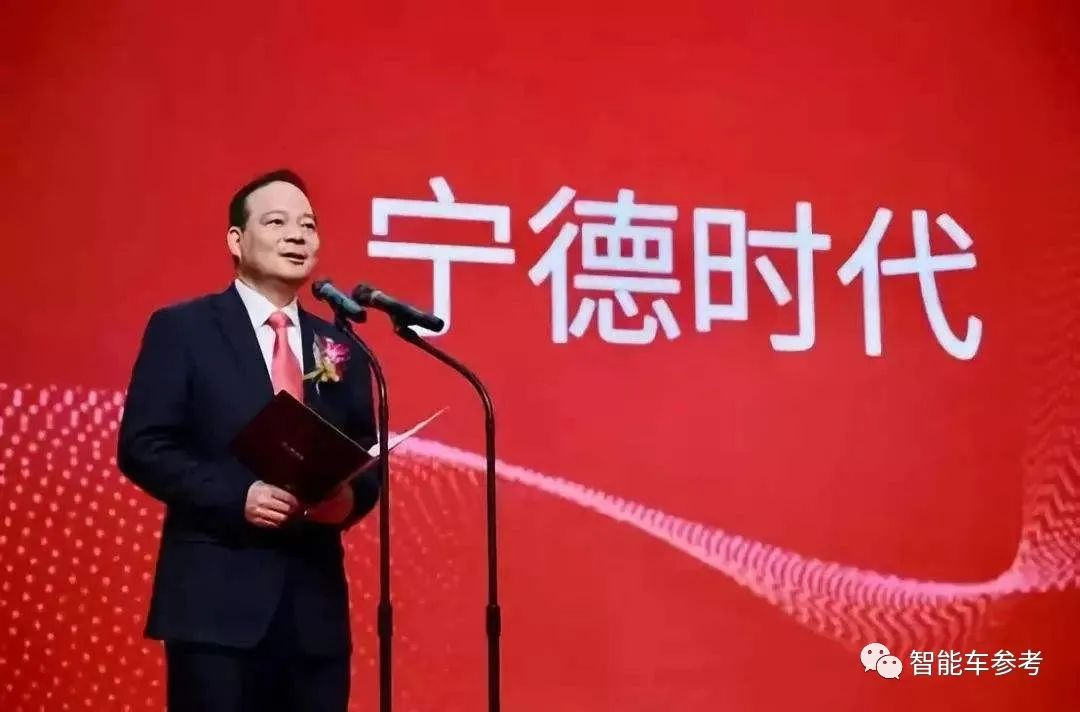
LG Energy Solution cannot pose any threat to Ningde in the trillion-dollar Chinese market, but in overseas markets, especially in North America, LG has obvious advantages. Moreover, its main three-element lithium battery has higher costs and higher selling prices for application models, bringing more profits.
As the new energy vehicle market in Europe and the United States develops, the confrontation between Ningde Times and LG will surely happen in the overseas market.
Brief history of LG Energy Solution
LG New Energy can be traced back to the battery business department of LG Chemical under the LG Group in 1995.
In 1999, it achieved mass production of lithium-ion batteries.
In the first decade of the 21st century, the global power battery pattern was dominated by Korean companies continuously eroding the shares of Japanese companies; the second decade was dominated by Chinese battery companies continuously eroding the Japanese and Korean markets.
During the period of its battery business department, LG Energy Solution was always suppressed by Ningde Times, until Joo Young-Joon, the fourth-generation leader of LG, took over.
Joo made bold moves. He not only broke precedents by introducing high-level executives from outside, but also spent 1.2 trillion won in 2020 to expand its battery production line in Nanjing, China.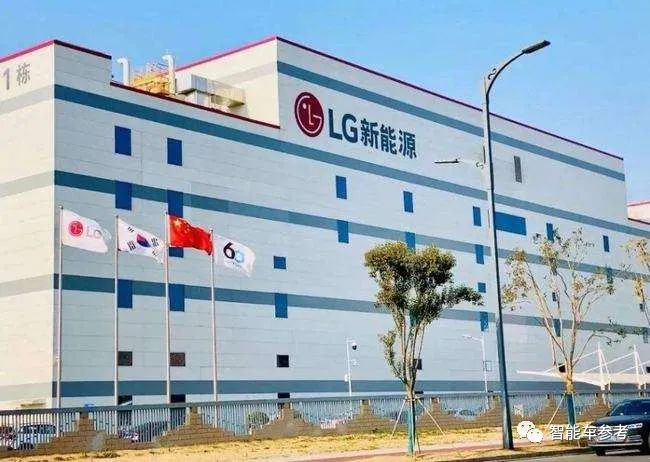
In 2020, LG Chem took advantage of the conflict between Tesla and Panasonic, and broke the monopoly of Panasonic to become the battery supplier for domestic Tesla with higher cost-effectiveness and active production plan.
With the surging sales of domestic Tesla and the popularization of new energy vehicles such as Volkswagen ID, Renault Zoe, and Hyundai Kona equipped with LG batteries in the European market, LG Chem began to lead the global market over Contemporary Amperex Technology.
In December 2020, the LG Chem Battery Business Unit, which was dominated by the global power battery market, decided to split into a separate wholly-owned subsidiary, LG Energy Solution, and prepare for an IPO.
It can be seen that LG Energy’s battery business is based on China’s factory cost advantage, successfully replacing Panasonic and hitching a ride on Tesla’s express train.

In 2021, LG is expected to supply Tesla with more than 800 million cells, accounting for about 30% of all the cells for the vehicles produced by Tesla.
The Tesla effect has brought orders from many overseas manufacturers, forming a unique advantage for LG Energy.
It is difficult for LG Energy to challenge Contemporary Amperex Technology in China, and at the same time, it is not easy for Contemporary Amperex Technology to challenge LG in the global market.
One more thing
According to the Wall Street Journal, when LG Energy went public, its executives emphasized to investors:
“We are not a company from China.”
Why is that?
According to the Korea Automotive Technology Research Institute with the background of the Korean government, LG Energy is unlikely to compete with Contemporary Amperex Technology in absolute numbers, but in the current international environment, LG Energy has more advantages in access to Western markets.
What do you think?
— End —
This article is a translation by ChatGPT of a Chinese report from 42HOW. If you have any questions about it, please email bd@42how.com.
